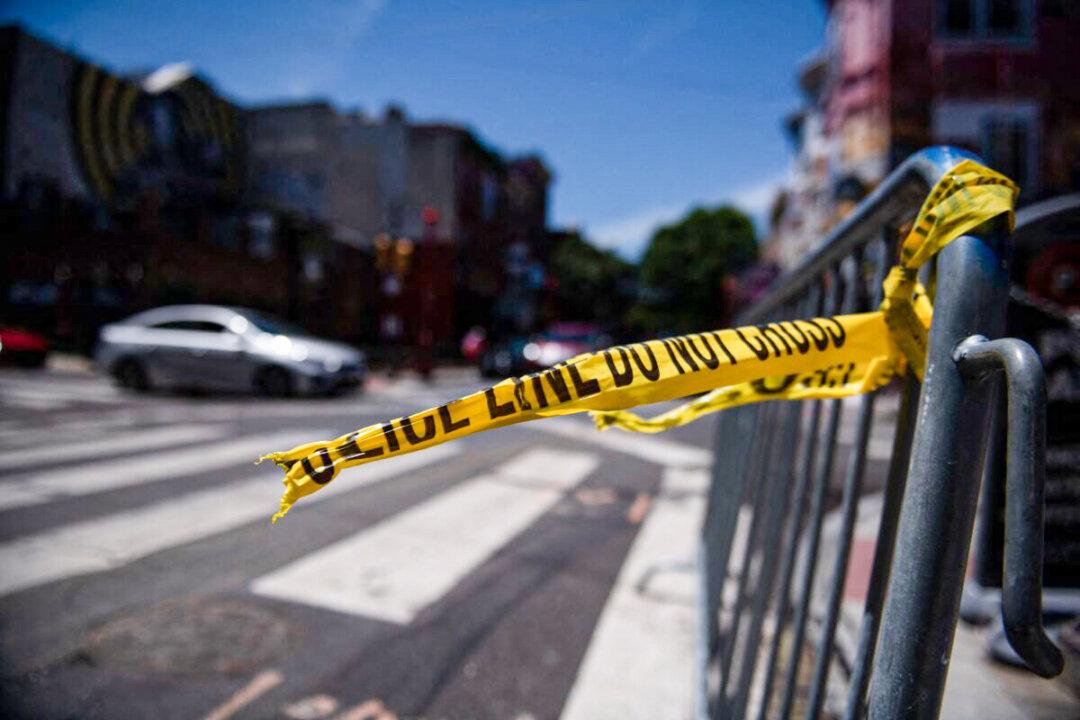Commentary
Although crime and poverty rates are two issues that are widely discussed within the American political discourse, the needle hasn’t been moved in minimizing either.

Although crime and poverty rates are two issues that are widely discussed within the American political discourse, the needle hasn’t been moved in minimizing either.